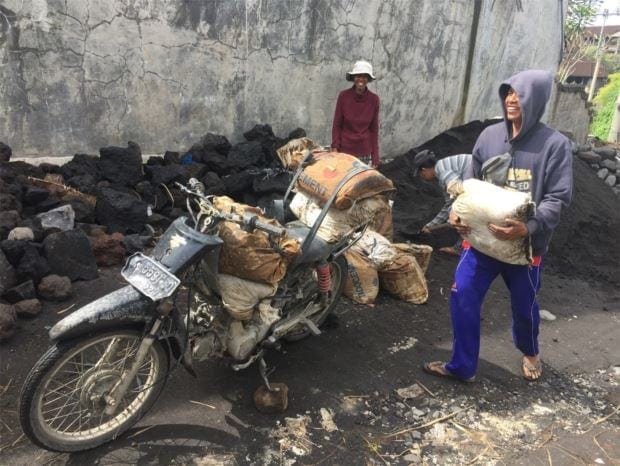Agribusiness Urbanisation
Indonesia is one of our most active and closest trading nations. Mostly known for our live cattle trade, internally Indonesia has a thriving but shrinking agricultural base due to urbanization.
Indonesia has a population of 250,000,000 over a geographic just slightly larger than QLD. The average wage is circa $19,000 p.a with the agricultural sector providing around 49,000,000 jobs (being 41% of the total labour force).
Besides corporate farming that generally focuses on export crops, the residual of family farming plots concentrates on locally consumed products like rice, soybean, corn, fruits and vegetables.
My last visit was 13 years ago. Back again to the same location two weeks ago provided a stark contrast to what was and now what is. Like the sun travelling across the sky, you can’t see it move but sure enough by the end of the day it has traversed from horizon to horizon. With the population growing at 1.2% p.a, there is a severe development push into prime agricultural land. What were rice paddies are now large structures to meet the demands of commerce and accommodation. We are seeing a material transition of land use away from agriculture to urbanization.
A secondary issue is the falling water table due to the pressure of urbanization. With micro farming incomes operating at or below minimum wages, one marginal crop can mean severe financial and nutritional duress for the family. With the rising price of land, the temptation to sell to developers and seek a wage of laboring is becoming a real transitionary element to their society.
This is not a story about Indonesia as it represents a global phenomenon across all developed and developing nations alike. It is a trend and rhetoric that speaks into the equation of food security and limited resource economics.




Sorry, the comment form is closed at this time.